What Goes Into a Home Addition?
When it comes to adding on to your home, it can be tough to know what you don’t know. Your questions might outnumber answers. Whether you’re thinking of adding on a second floor, or just a simple bump-out, here are a few things that may go into your home addition:
- Restrictions and Regulations – Before deciding on a layout, call your local building authority and find out what restrictions the City or County enforces in your neighborhood, such as how far the building setback is from the street and the property lines. The building department can tell you what you need to get a permit, which typically involves submitting an architectural print and listing all subcontractors who will work on the project.
- Getting the Design Right – Make a list of the features you want the most and draw a rough sketch of the addition. Your Contractor can then use these sketches to estimate from and lead the Architect, Engineer or Design team through developing the plans that are required to obtain the necessary permits.
- General Contractors and Subs – Hiring a General Contractor will allow for the Client to have direct access to their trusted subcontractors that they have worked with on several projects before. For example, a contractor, electrician, roofer or even a plumber!
- Estimates and Finances – The next call goes to your banker if you need financing to construct the addition. He can check your credit and account history and let you know if the bank will make the loan and under what conditions. An addition is new construction, so the bank often wants a copy of the plans and a list of the contractors, in addition to estimated costs.
- The Hard Part – The addition is now “dried-in” and it’s time to remove the old wall separating the house from the new addition. You can minimize the dust and dirt by sealing off the room that opens into the addition. Now it’s time for the plumbers, the electricians, and the HVAC guys to do their stuff, typically in that order. The roofer and the siding crew should be busy at work outside during this stage. After the mechanical elements are in, it’s time to install the drywall and the interior trim. When that’s done, all that’s left to do is install the flooring and your new addition is ready to enjoy.
Get in Touch using the form below:
WHAT CAN WE HELP YOU WITH?



Sorry, the comment form is closed at this time.